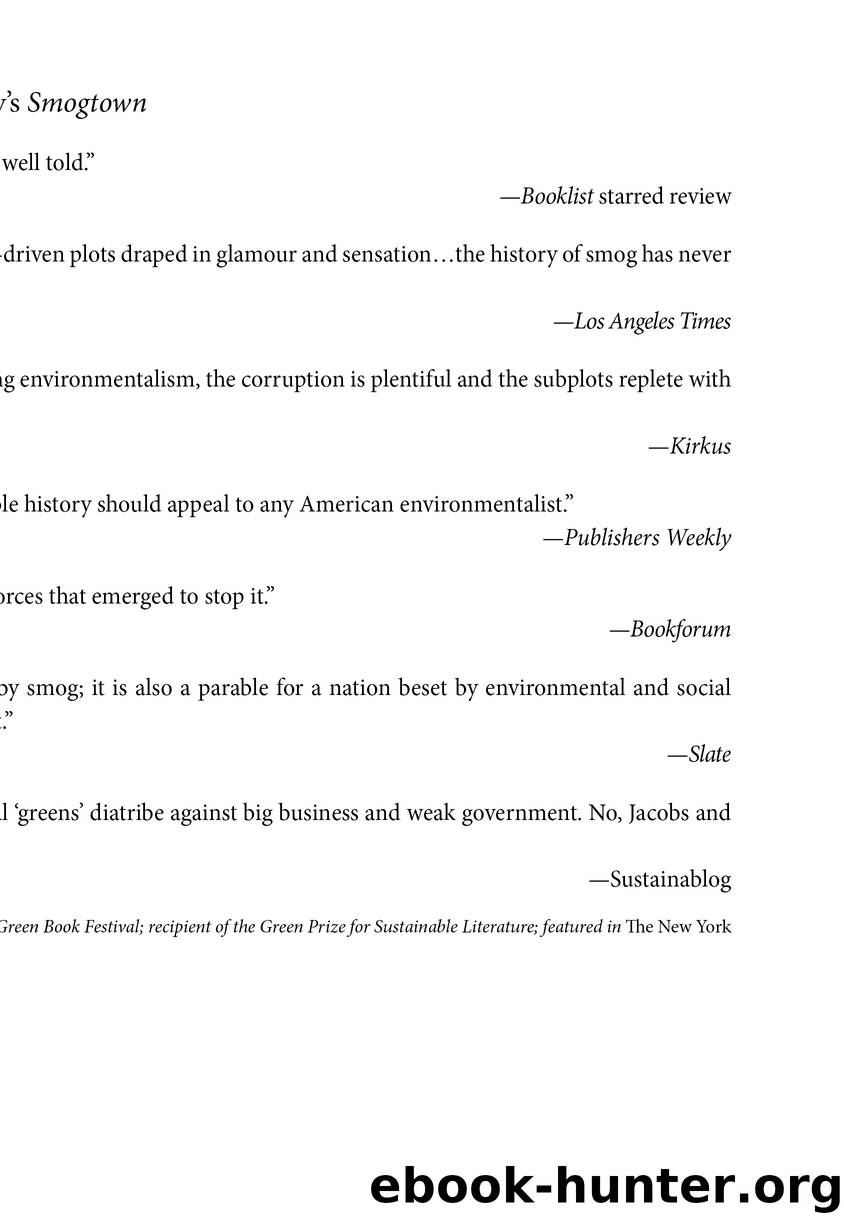The People's Republic of Chemicals by William J. Kelly

Author:William J. Kelly
Language: eng, eng
Format: epub
Publisher: Rare Bird Books
Published: 2014-10-03T22:41:09+00:00
Chapter 12:
Tweets for the Wheezy
Who exactly did these Americans think they were—an imperial truth patrol, meddlers of the Zuckerberg age? In summer 2009, China’s government was seething at US Embassy personnel in Beijing over the most delicate of topics. There’d never, in fact, been a bilateral contretemps like it. The spat had nothing to do with the treatment of the berobed Dali Lama, clashing views about how to neutralize pariah, missile-firing North Korea, or even state-sanctioned computer hacking. It was an unassuming piece of equipment spitting out numbers that had royally vexed the Ministry of Foreign Affairs. One representative voiced his displeasure over the contraption with finger-wagging bombast about the future of the “relationship” like a pushed-to-the-brink spouse.
A Twitter account had economic superpowers throwing each other the stink eye.
Ever since the Olympics, the American Embassy in Beijing had been posting real-time, hourly readings of PM-2.5 collected by a Met One Instruments Inc. machine wired up on the roof of its former compound. The State Department would later claim nothing provocative had been intended by the updates, whose technical elements had been meticulously planned. It was purely informational, a courtesy for embassy personnel and Americans traveling or living in the People’s Republic. Beijing’s Environmental Protection Bureau only uploaded daily averages of PM-10 from the previous twenty-four hours and then forecast conditions for the next day. From American eyes, those updates contained little value to the health-conscious, so it set up @BeijingAir as a more definitive source. Hash tag this, hash tag that. Interestingly, @BeijingAir hadn’t piqued its resident city until TIME spotlighted it in June 2009—after a blurry curtain of smog prompted daytime drivers to toggle on their headlights.
The account’s popularity blew up afterward despite the government’s ban on Twitter, Facebook, and other Western social media it deemed unworthy. Young Chinese software writers, it seems, had discovered holes in censors Great Firewall. People could outfox it by tapping into alternative servers accessible through special apps. With a few keystrokes, they could now read an independent assessment of their air quality. Green Beagle, one of China’s estimated 500 environmental NGOs, quickly parlayed @BeijingAir’s notoriety. The group began equipping members and volunteers with small, hand-held P.M.-2.5 monitors to create a citizen air-quality database for Beijing’s far-flung quarters. Doubt government data? Just click their links to expose a local particulate trail.
None of this industriousness sat well inside the Great Hall of the People. According to American diplomatic cables later released by Wikileaks, US officials were “summoned” to the Ministry of Foreign Affairs on July 7, 2009 to “listen to the Chinese government’s litany of complaints about the feed’s purpose and reach. Wang Shuai of the Ministry’s US Affairs office, the leaked cables said, accepted the American premise that it was maintained for US citizens, but remained “unhappy” that the Chinese public could access it. The Embassy’s postings, Wang stressed, were “not fair” to Beijing’s Environmental Protection Authority Bureau, which he reiterated should be the exclusive voice on the atmosphere. Furthermore, categorizing city pollution as “unhealthy” based on US standards for PM 2.
Download
This site does not store any files on its server. We only index and link to content provided by other sites. Please contact the content providers to delete copyright contents if any and email us, we'll remove relevant links or contents immediately.
| Arms Control | Diplomacy |
| Security | Trades & Tariffs |
| Treaties | African |
| Asian | Australian & Oceanian |
| Canadian | Caribbean & Latin American |
| European | Middle Eastern |
| Russian & Former Soviet Union |
The Secret History by Donna Tartt(18846)
The Social Justice Warrior Handbook by Lisa De Pasquale(12141)
Thirteen Reasons Why by Jay Asher(8794)
This Is How You Lose Her by Junot Diaz(6794)
Weapons of Math Destruction by Cathy O'Neil(6143)
Zero to One by Peter Thiel(5686)
Beartown by Fredrik Backman(5597)
The Myth of the Strong Leader by Archie Brown(5425)
The Fire Next Time by James Baldwin(5249)
How Democracies Die by Steven Levitsky & Daniel Ziblatt(5128)
Promise Me, Dad by Joe Biden(5087)
Stone's Rules by Roger Stone(5026)
A Higher Loyalty: Truth, Lies, and Leadership by James Comey(4843)
100 Deadly Skills by Clint Emerson(4840)
Rise and Kill First by Ronen Bergman(4703)
Secrecy World by Jake Bernstein(4646)
The David Icke Guide to the Global Conspiracy (and how to end it) by David Icke(4625)
The Farm by Tom Rob Smith(4435)
The Doomsday Machine by Daniel Ellsberg(4416)
